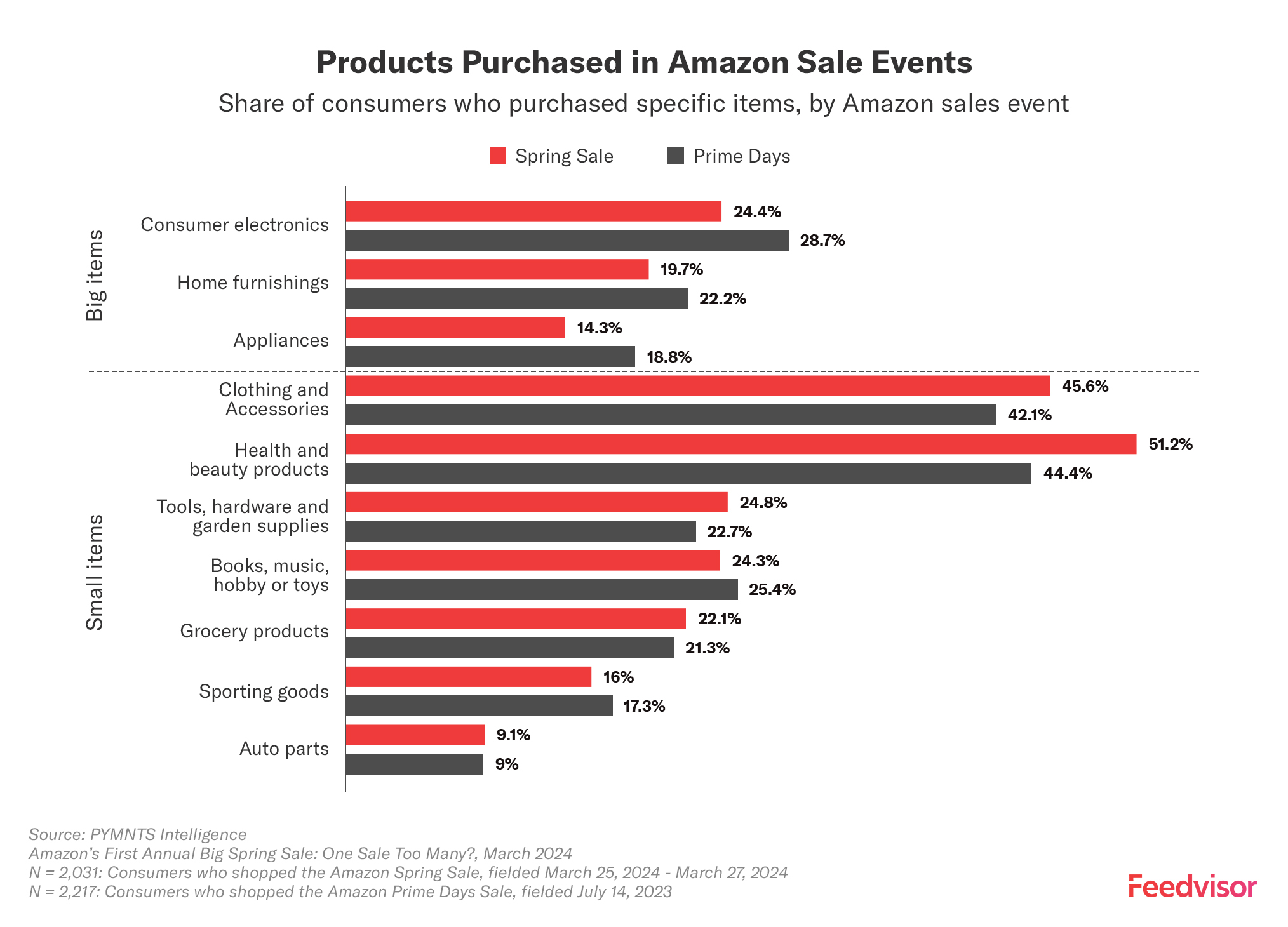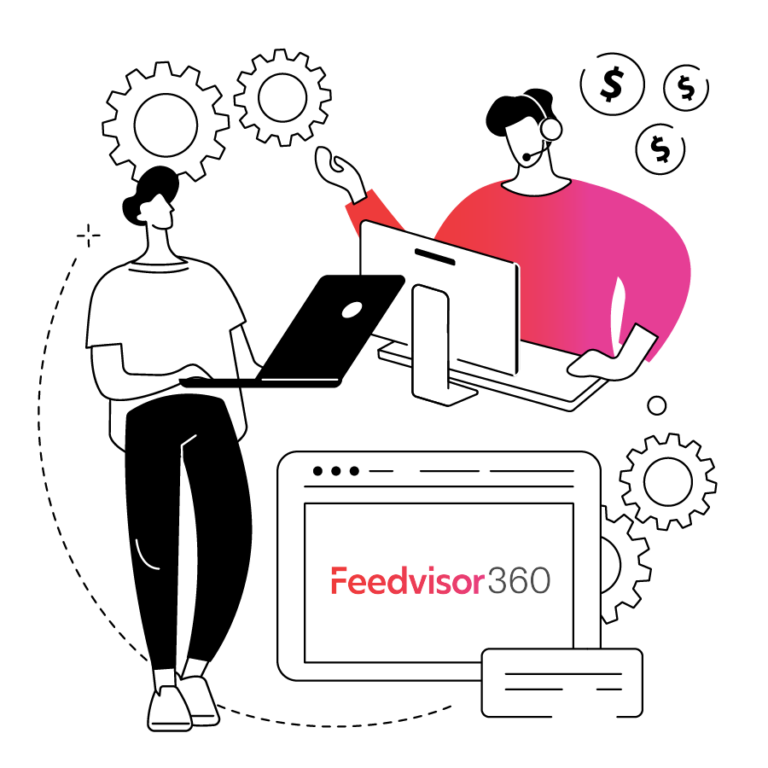Resources - Blog
Navigating Deal Fatigue: How Amazon Sellers Can Stand Out in an Era of Smaller Sale Events

The prevalence of smaller sales events has skyrocketed, offering consumers a seemingly endless stream of discounts and promotions.
Think of Amazon’s Big Spring Sale, Home Depot’s Spring Black Friday event, Walmart’s Spring Sale, or Target’s Circle Week — brands have realized the importance of sales for enticing consumers. After all, 44% of consumers have indicated that deals and discounts are their biggest motivators for buying.
But a new pattern is emerging as these smaller sales events proliferate. Initially sparking excitement and anticipation, consumers purchase less and less despite being offered 30-40% off. This new behavior is unsettling to brands and sellers and can only be described as deal fatigue. Below, we’ll take a look at what deal fatigue is, the impact on e-commerce, and steps for overcoming deal fatigue.
Deal Fatigue [deel fuh-TEEG]: The exhaustion and apathy consumers experience from being inundated with constant sales and promotions.
What is Deal Fatigue?
Deal fatigue refers to the exhaustion and apathy consumers experience from being inundated with constant sales and promotions. As per our sixth annual e-marketplace report, offering promotional discounts and coupons are now the top pricing incentives leveraged by brands (58%).
Yet, with events like Amazon Prime Day, Black Friday, Cyber Monday, and now an array of smaller sale events throughout the year, consumers are becoming increasingly desensitized to discounts. As a result, capturing their attention and driving sales during these events has become more challenging for Amazon sellers.
Take Amazon’s latest event – the Big Spring Sale. While Amazon has not officially released any sales data, other sources, such as Earnest, have reported a modest 3.1% increase in sales when compared to the same time period last year. This is with opening sales up to non-Prime members and extending the deal period to six days versus the usual two.
Certainly not in the success range of Prime Day or Prime Big Deal Days – the two tentpole events most known to consumers — however, the event represents waning consumer sales. Customers purchased both fewer and cheaper products — on average, shoppers bought six items, compared to seven during Amazon Prime Day. Essential items saw the biggest demand, including beauty and health, and clothing products.

Deal Fatigue’s Impact on Amazon Sellers — And How to Combat It
For Amazon sellers, navigating deal fatigue presents a significant challenge. With consumers growing accustomed to frequent sales, simply offering discounts may no longer suffice to drive conversions. Additionally, the proliferation of smaller sale events means that sellers must compete for consumers’ limited attention and discretionary spending.
Worse still, the demand for deals and discounts has put significant pressure on brands’ profit margins. This new trend has been fuel for a race to the bottom, where brands must now one-up one another with greater deals if they’re to stand out amongst their competitors — whether that’s offering steeper, extended, or more frequent discounts. According to a global survey, nearly a quarter (23%) of loyalty program professionals report offering deep enough discounts to be their biggest challenge. Another 23% report struggling to balance margins with enticing deals.
Strategies to Stand Out
Despite the prevalence of deal fatigue, there are several strategies that Amazon sellers can employ to differentiate themselves and capture sales during smaller sale events.
Focus on Value Proposition: Instead of solely relying on discounts, emphasize the unique value proposition of your products. Highlight features, benefits, and customer reviews to showcase why your offerings stand out from the competition.
Personalized Recommendations: Leverage data and technology to provide personalized product recommendations tailored to each customer’s preferences and browsing history. By offering relevant suggestions, you can increase the likelihood of conversion.
Bundle Deals: Create bundle deals that offer added value to customers, such as combining complementary products or offering exclusive bundles only available during the sale event. Bundle deals not only incentivize purchases but also help increase the average order value.
Exclusive Offers for Prime Members: If applicable, offer exclusive deals or perks to Amazon Prime members. This not only enhances the value proposition for Prime subscribers but also encourages non-Prime members to consider signing up for the service. We’ve recently seen members-only access gain popularity among brands, according to experts at Modern Retail. Rather than solely rely on the price tag, brands have redirected their attention towards emotionally fulfilling benefits, such as exclusive product access.
Embrace Multichannel Marketing: Expand your reach beyond Amazon by leveraging multichannel marketing strategies. Utilize social media, email marketing, and other channels to promote your products and engage with customers outside of the Amazon ecosystem.
Focus on Customer Experience: Prioritize delivering an exceptional customer experience, from the browsing and shopping process to post-purchase support. Positive experiences not only foster customer loyalty but also encourage word-of-mouth referrals.
Final Thoughts
By implementing these strategies, Amazon sellers can effectively navigate deal fatigue and position themselves for success during smaller sale events. Focusing on value, personalization, and customer experience has become paramount to standing out in a crowded marketplace and driving meaningful sales — even in the face of consumer fatigue.
Ready to make the most of Amazon’s tentpole events? Harness the power of Feedvisor’s powerful AI-first repricing technology for unparalleled success throughout the year — try it now with a free, 14-day trial.

